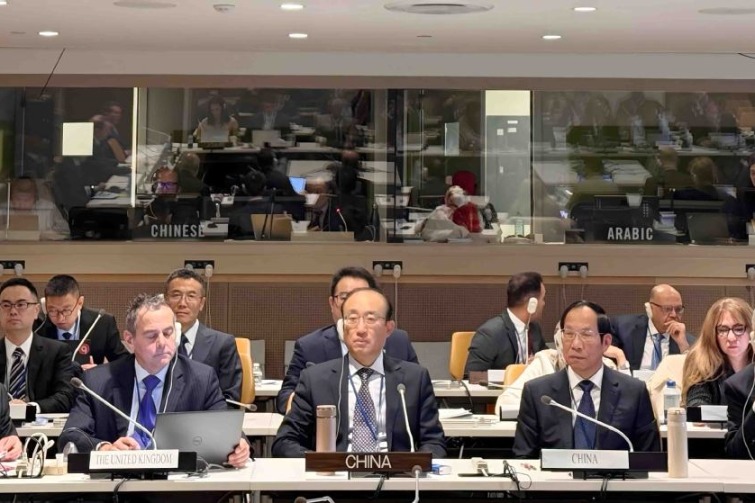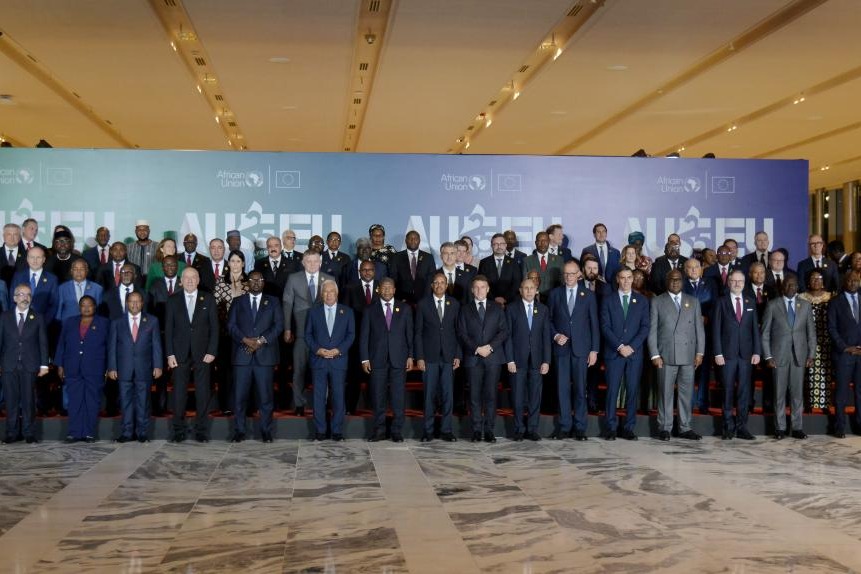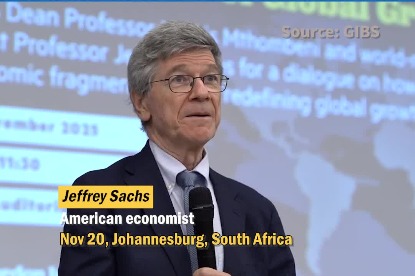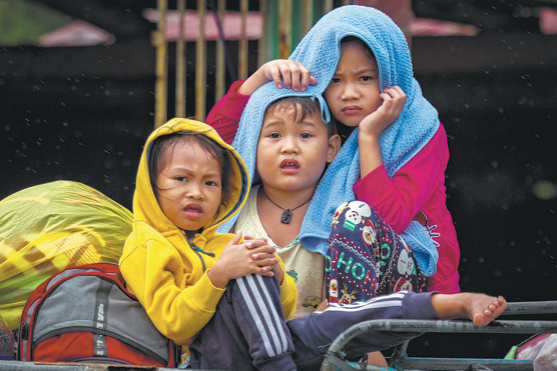Investment in disaster risk reduction gets assistance from AI





Advancements in satellite imagery analysis and artificial intelligence now enable us to map hazards, exposures and vulnerabilities more effectively, providing timely and clearer insights into who and what is at risk, and guiding more targeted investments in resilience and disaster preparedness.
Leveraging these advances is essential to building resilience and is an imperative to safeguard lives and livelihoods in the Asia-Pacific region — the world's most disaster-prone area.
Building on advances in big Earth data, cloud computing and AI, a new tool, known as SatGPT, offers an innovative solution that supports flood risk mapping. Developed by the United Nations Economic and Social Commission for Asia and the Pacific, or ESCAP, in collaboration with regional technical and institutional partners, this new tool represents a functional, next-generation spatial decision support system designed for rapid deployment, which would be most beneficial in flood-prone and resource-limited contexts.
By mapping historical hot spots and past flooding events using a massive collection of archived satellite imagery, insights from SatGPT help inform the allocation of disaster risk reduction investments to where they are needed most, reducing both human and economic losses. SatGPT contributes to the implementation of the four pillars of Early Warnings for All, a UN initiative, by enhancing disaster risk knowledge and providing historical flooding data.
SatGPT can also contribute to improved forecasting models, strengthen early warning analysis, and inform preparedness and response strategies. This and other technological advancements open an opportunity to deliver risk information that is consistent, accessible, comparable and open-source, enabling evidence-based decisions on disaster risk reduction investment.
Country-specific initiatives further demonstrate the value of Earth observation data and digital innovations. For example, the Philippine Space Agency Integrated Network for Space-Enabled Actions towards Sustainability has built a community empowered by space data, connecting citizens and the public and private sectors to work together toward improved disaster response and sustainable development.
Indonesia is developing an AI project on flood mapping with pilot sites in Jakarta and north Java Island, and there are plans to integrate SatGPT into this platform. Thailand is developing the Check Nahm (Check Flood) warning application, which consolidates data from various sources, including closed-circuit television cameras, to enhance early warning systems and to provide near real-time updates on the flood situation as well as forecasts. The application's cloud-based data integration can also incorporate SatGPT's historical mapping capabilities.
By integrating geospatial information, AI and socioeconomic data, the University of Hong Kong has demonstrated how flooding exacerbates social inequalities. The difference in vulnerability was calculated based on social classifications and climate scenarios, demonstrating that people with weaker socioeconomic status will face higher exposure risks and greater impacts due to inequality.
The Jakarta Ministerial Declaration on Space Applications for Sustainable Development in Asia and the Pacific highlighted the strong potential of emerging technology applications from the Fourth Industrial Revolution to advance the UN's Sustainable Development Goals. To translate the declaration into tangible impacts, countries in the region have focused on equipping young government professionals with the skills to rapidly analyze trends and transform geospatial information into actionable insights using SatGPT and other AI-powered tools, driving smarter and faster disaster risk reduction decisions.
Future efforts will respond to countries' need for enhanced AI development, access to open-source data, standardized methodologies, and opportunities for capacity development. They will also further strengthen the capacities of local governments and communities to adapt and apply AI-powered tools like SatGPT to generate localized insights on high-risk areas, making mitigation and adaptation investments more effective.
The theme of this year's International Day for Disaster Risk Reduction, observed on Oct 13, was "Fund Resilience, Not Disasters", which noted the urgent need to shift from reactive spending on recovery to proactive investment in disaster risk reduction.
As we champion funding for resilience and co-develop AI-powered disaster tools, it is vital to remember that data and technology are only as meaningful as the lives they aim to protect. Behind every map and dataset are real communities facing real risks. Keeping this human perspective at the center of innovation ensures that our efforts remain grounded in empathy, purpose and impact.
Kareff Rafisura is an economic affairs officer at UN ESCAP; Sheryl Rose Reyes is an ESCAP consultant; Thanabordee Sakunarunphet and Natdanai Punsin are geo-informatics officers at the Geo-Informatics and Space Technology Development Agency; and Emiyati is a researcher at the National Research and Innovation Agency.
The views do not necessarily reflect those of China Daily.



























